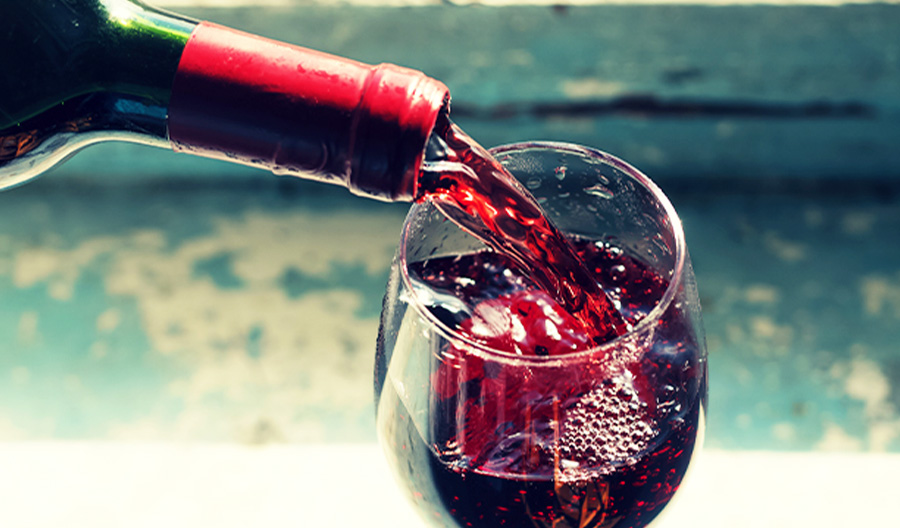The word supple may make you think of the tactile feeling of velvet or soft, well-worn leather. Similarly, those sensations are what your sommelier hopes to invoke when they say they have a nice, supple wine to pair with your dinner.
When it comes to wine, supple is all about the mouthfeel. Most commonly, you’ll hear this term used to refer to red wine as having “supple tannins.” This means that, while tannins present themselves in the telltale grippy feeling between the teeth/gums and cheeks, they also take it easy on you, giving a softer sensation than another wine with a harsher tannic structure would.
“Supple tannins are well integrated, providing a positive sensory effect that does not overwhelm the other key aspects of a wine,” says Sam Dhiman, a graduate student researcher in Viticulture and Enology at UC Davis.
When it comes to wine, supple is all about the mouthfeel. Most commonly, you’ll hear this term used to refer to red wine as having “supple tannins.”

Roots Fund Scholar and Wine Unify Ambassador Natasha Hall think of supple wines in terms of the quality of flavors and aromas. “Supple to me means big and bold, which I also associate with full-body reds,” she says. Hall associates the term with a wine “that is extremely fruit forward, juicy.”
While supple is often used to describe the tannic structure of red wines, it’s not limited to one style or variety. As Dhiman points out, orange and skin-contact wines may also be described as “supple” in their tannic structure, though he believes that tannic orange wines are often “more transient and sharper” than their supple red equivalents.
A supple wine is one with a well-integrated phenolic grip, which means it’s more than likely to be able to stand alone. Your pairing can easily be your favorite binge-watch streaming series and nothing more.
When pairing supple wine with food, consider cuts of beef. “A filet mignon, or better yet chateaubriand, goes nicely with a supple red wine,” says Dhiman. “Excess fat is not necessary as these wines are already balanced and stand on their own two feet.” Similarly, these wines will pair better with a red sauce pasta and low-fat savory dishes than those with coarse tannins.
A wine’s suppleness can also be accentuated by decanting. Exposing wine with harsher tannins to oxygen for 30–60 minutes can ease its tendency to create a sandpaper feeling on your palate. So, if you’re looking to open up a wine worthy of the supple descriptor, break that decanter out.

